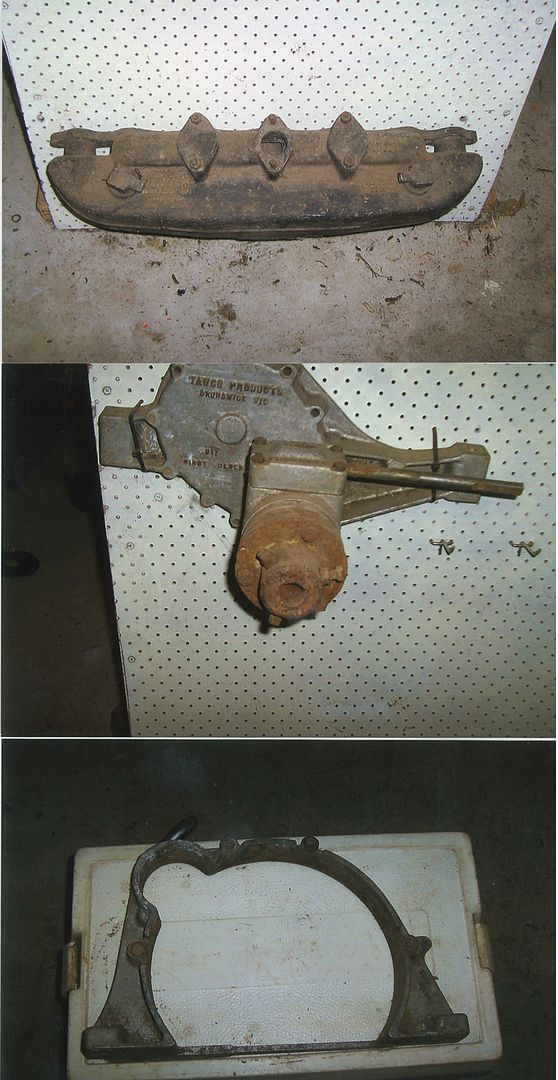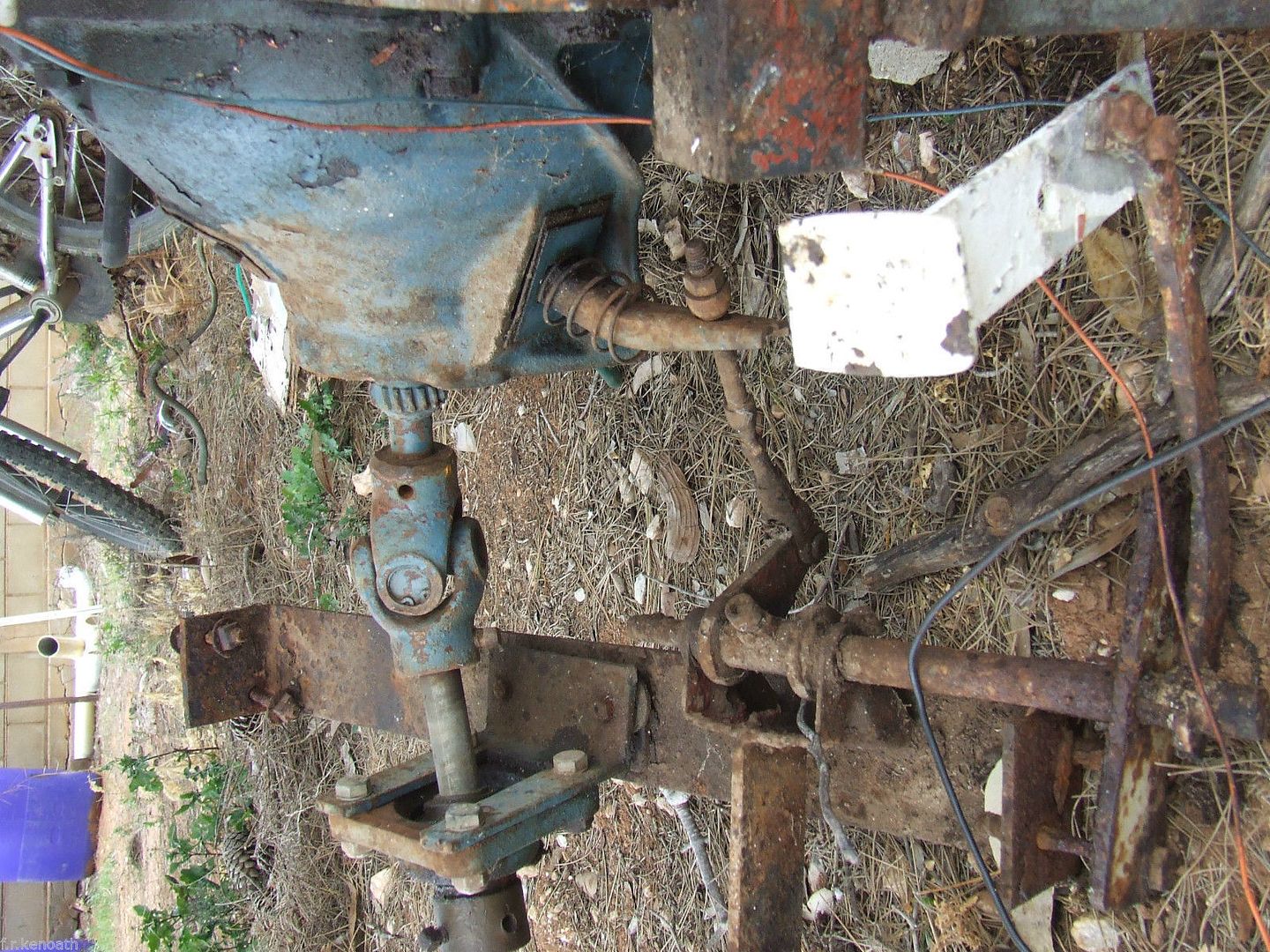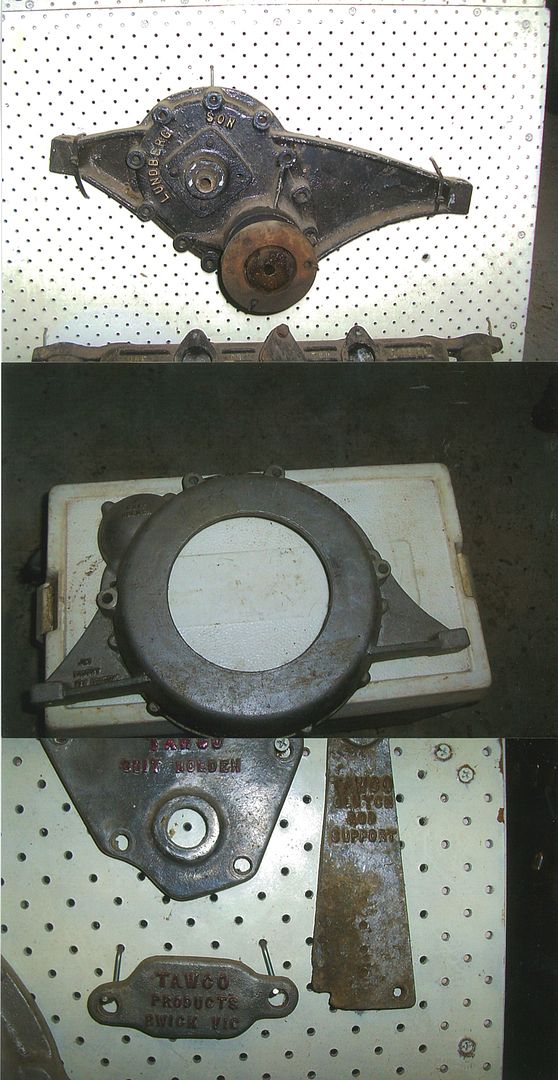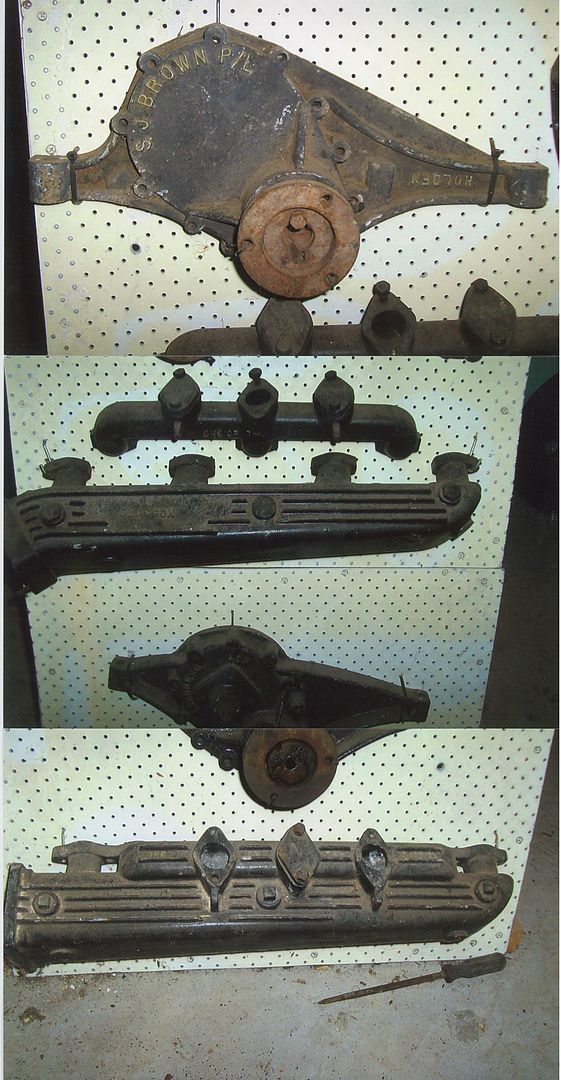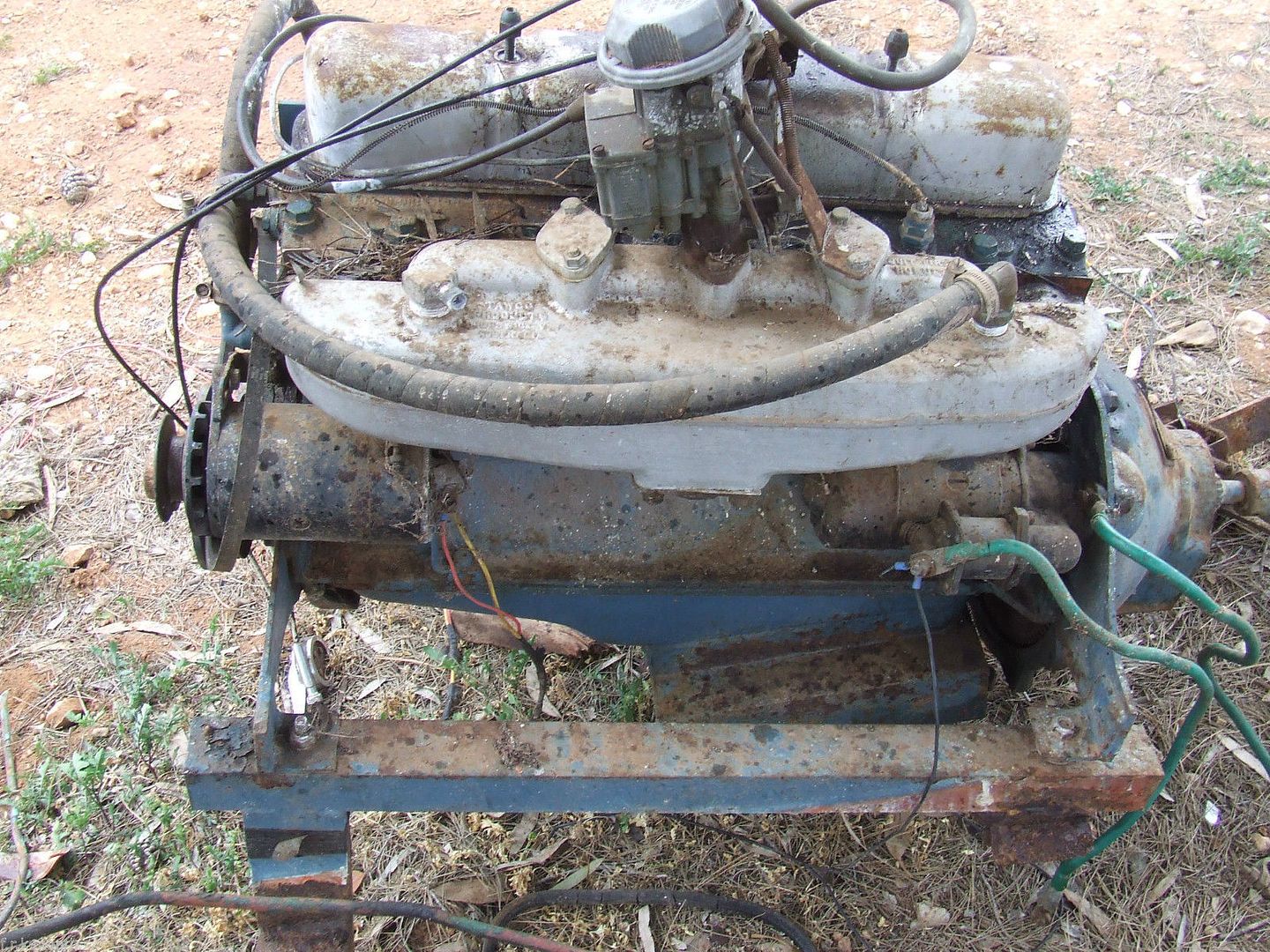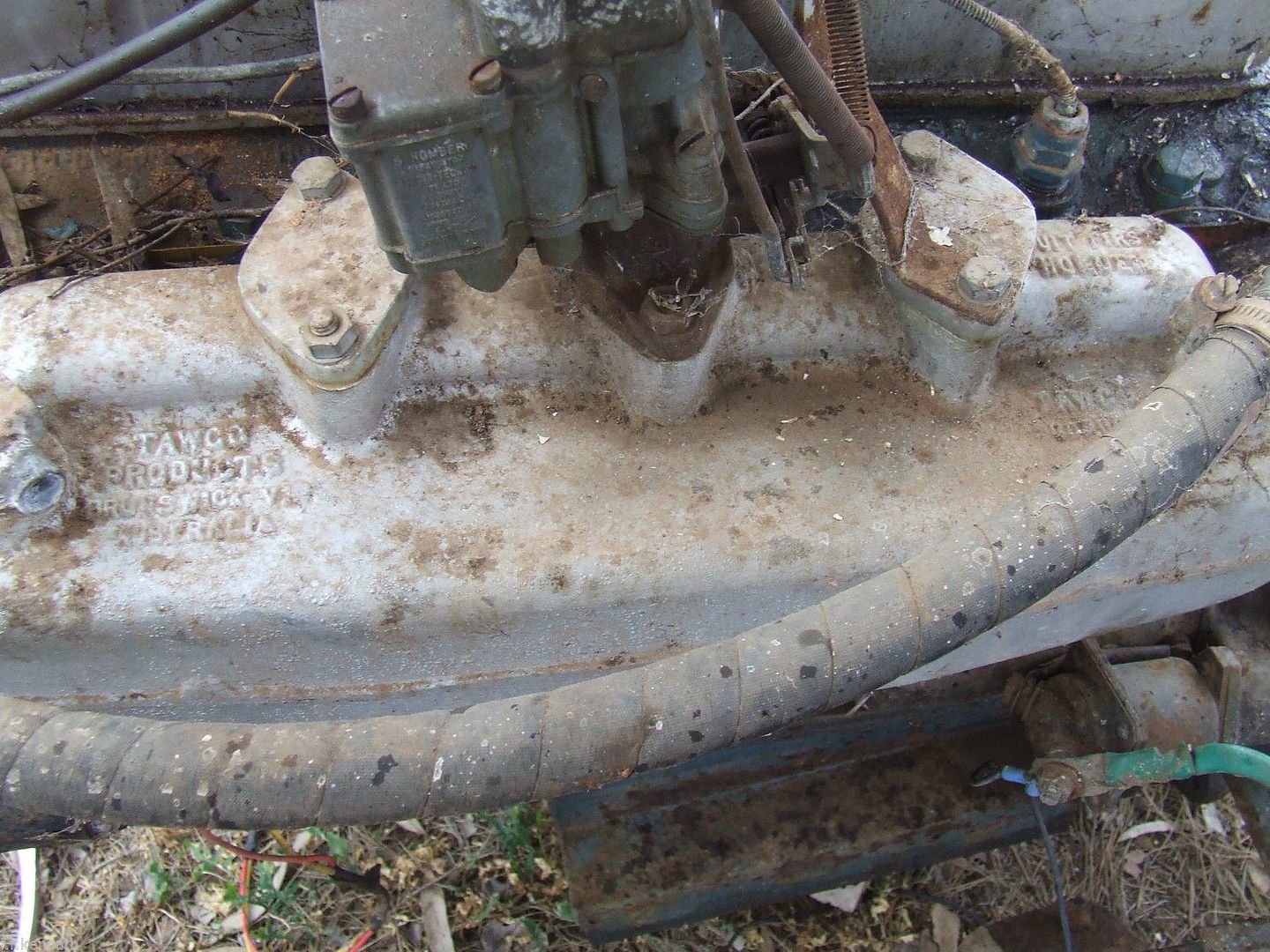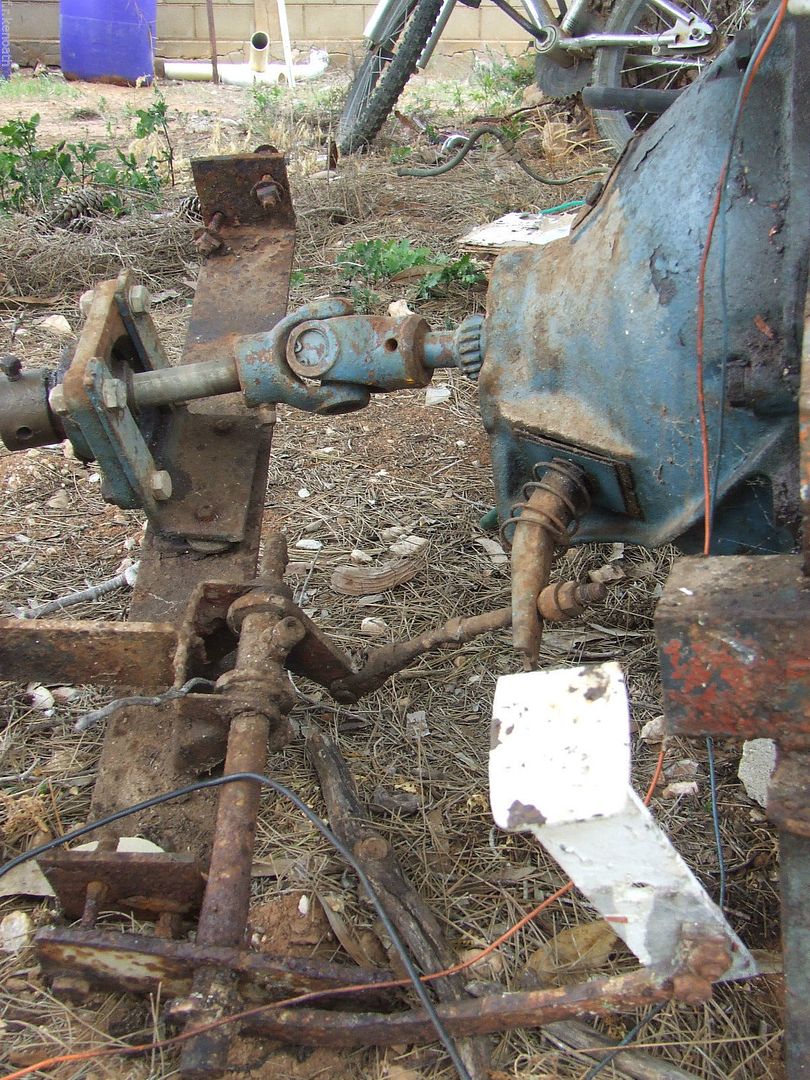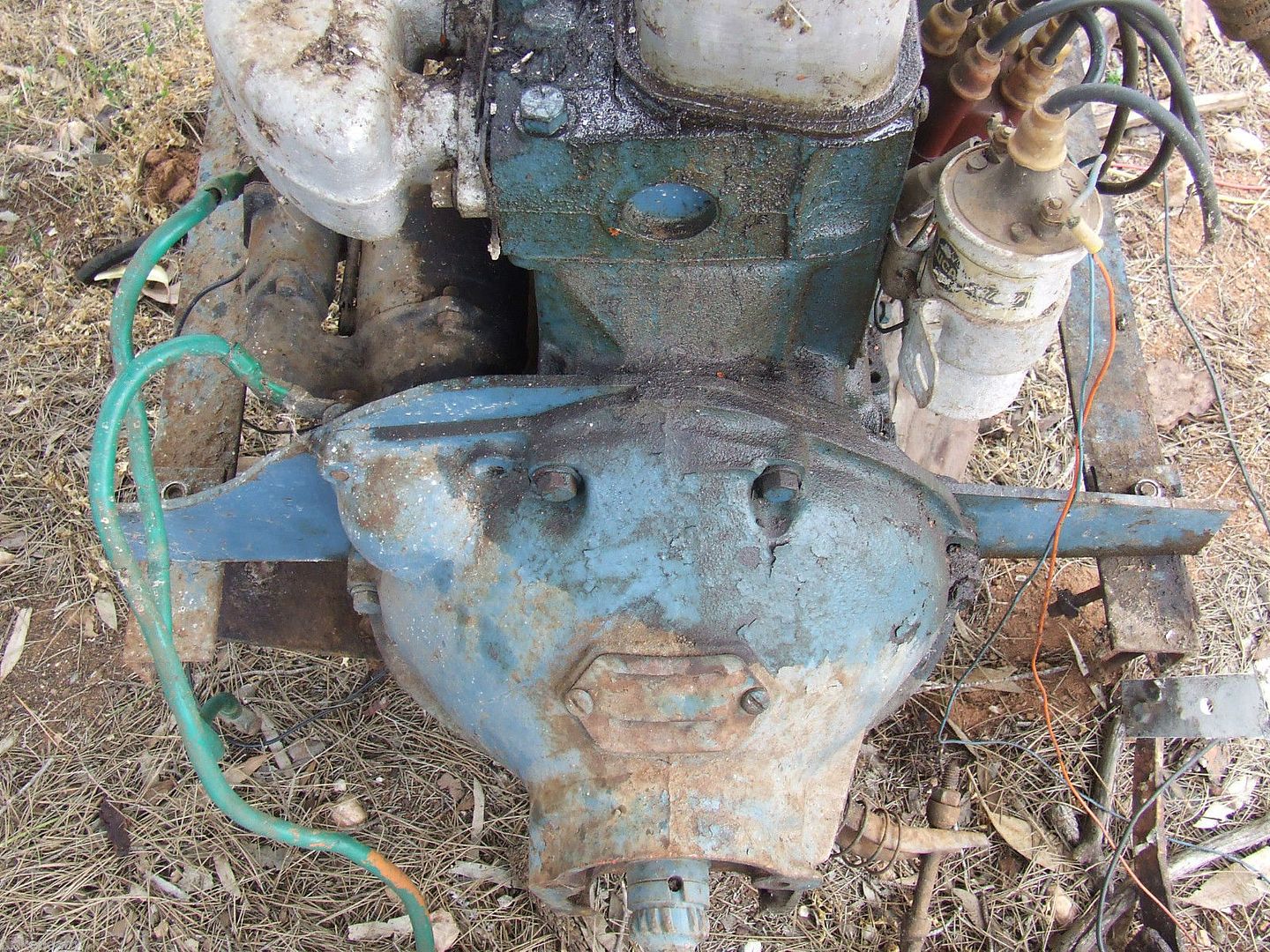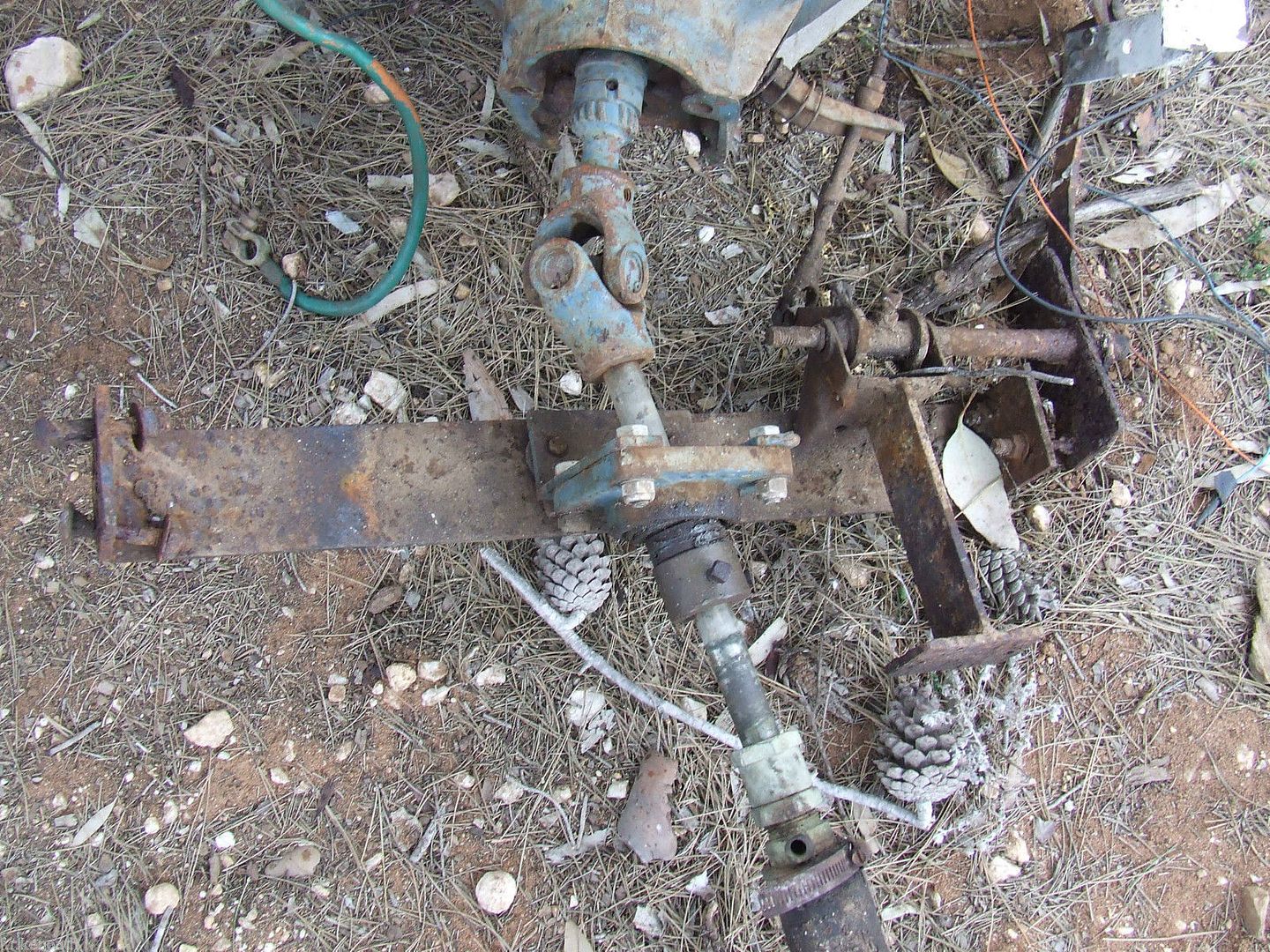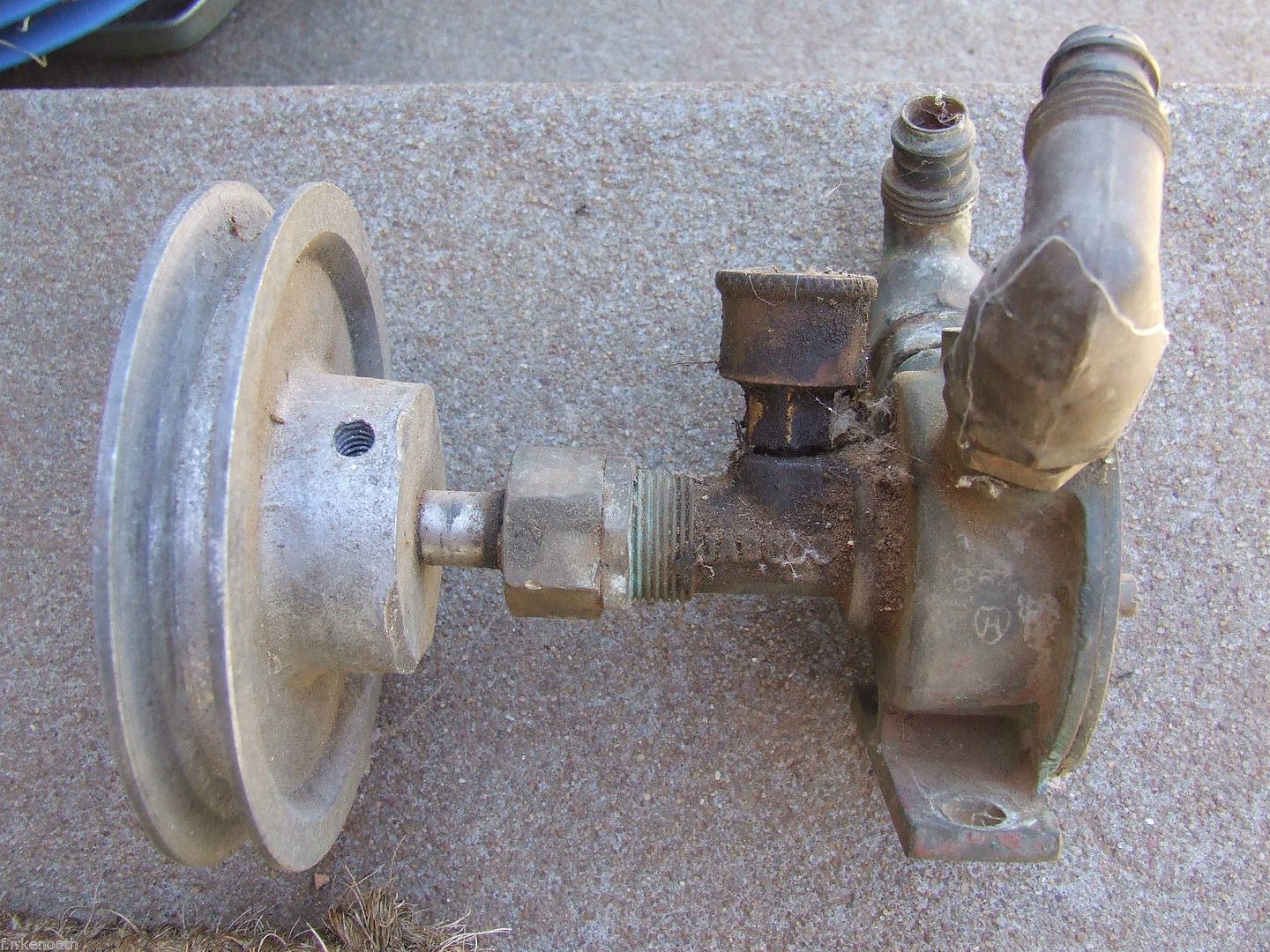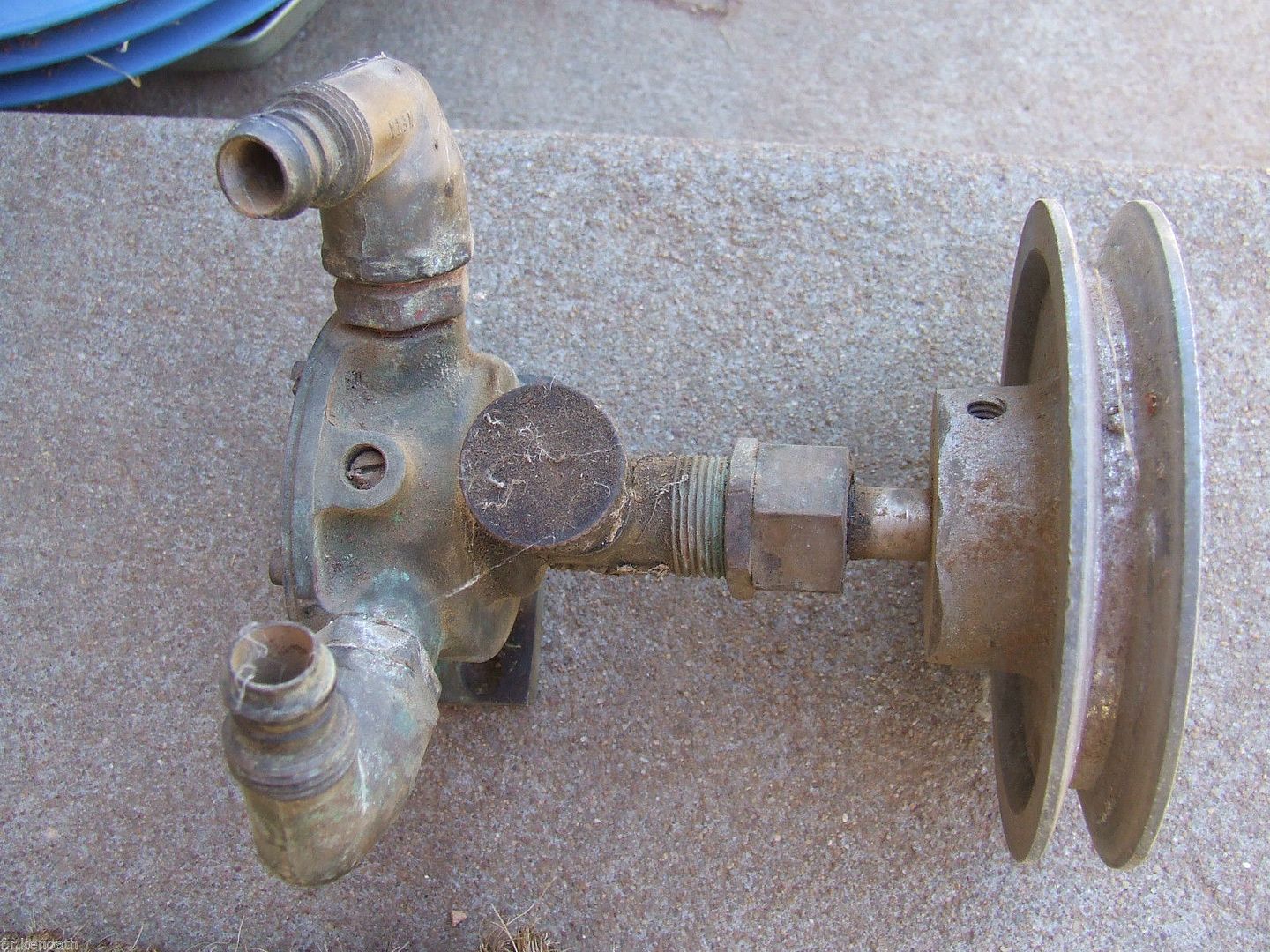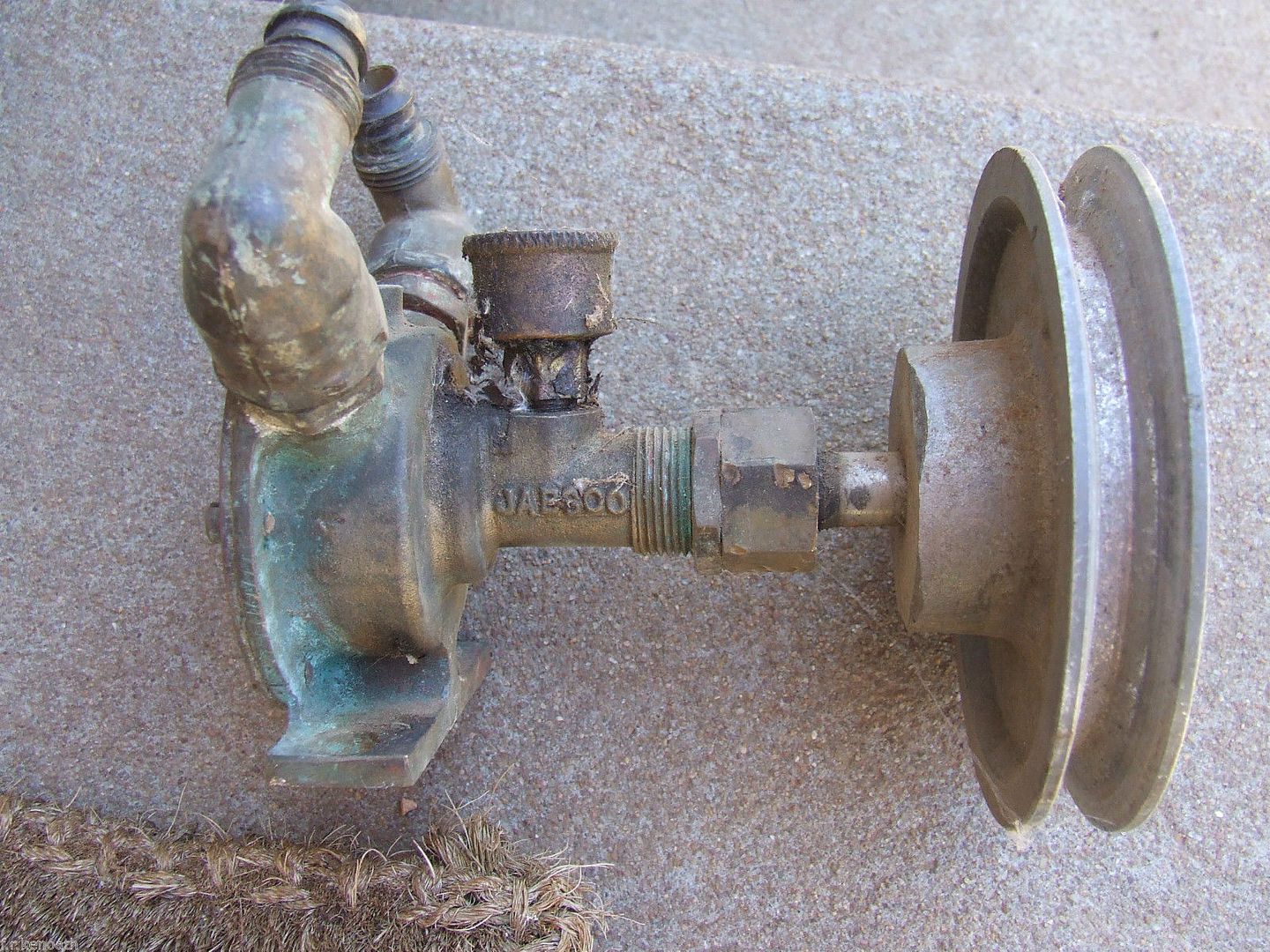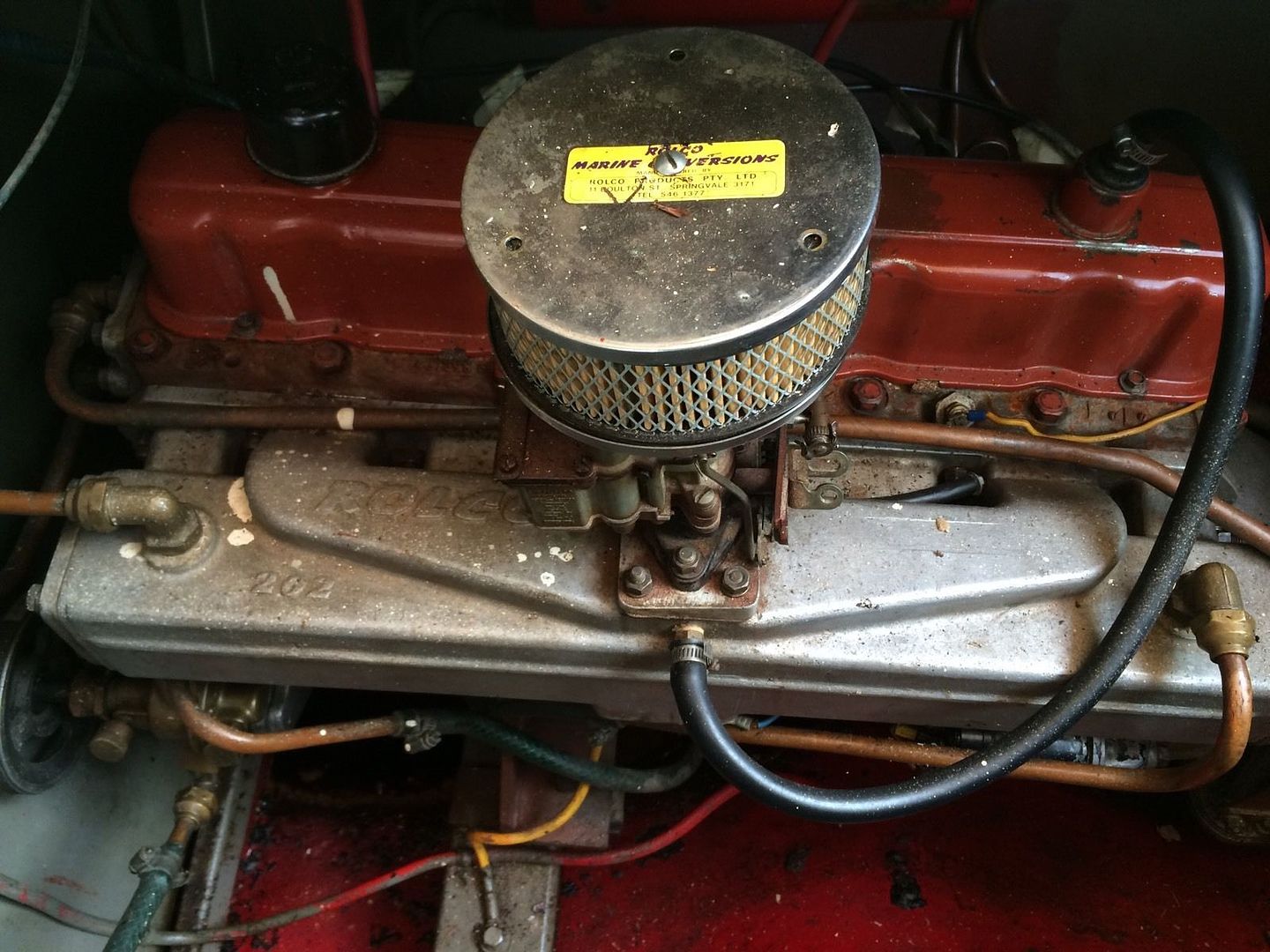Re: Grey Motored Speed Boats
Posted: Tue Apr 03, 2012 8:03 pm
Harv Marinizing a car engine usually takes a few angles. Firstly a marine engine company might aquire an engine say from Chev and then convert the engine into a purely marine engine. really all you can tell of the original car engine is the block and internals.
Holden engines in Australia were usually marinzed by Clae marine and nearly always had a hydraulic Forward neutral reverse gearbox. They also made reverse rotation engines.
Most ski boat engines like a marinized grey holden would have been done by back yard mechanics.
First thing they would do if they had the money was buy a kit from one of the small foundries like Tawco, Rolco, or Walkers etc. Their were several back then.
If they didnt have the money they would make their own (Ive seen some interesting conversions over the years).
This usually consisted of a water jacketed manifold, A thrust plate that bolted where the timing cover goes (if you were really cashed up you could buy a dog clutch otherwise you just had direct drive). The thrust plate takes the load of the prop shaft pushing forwards onto the crankshaft. A Bellhousing type end plate to bolt the starter motor on and the external water pump and generator, cast front engine mounts and a modified sump to follow the angle of the engine and get it low into the bilge. this sump usually had copper water pipes running through it to cool the oil.
You also have to drill the back of the head (now the highest point of the engine) to let the water out . If you let the water out at the thermostat housing end the engine will steam lock and over heat.
Also usually a marine engine is built with a lot more clearances in the mains and big ends to allow for the constant loads demanded of the engine. Just imagine putting your car in first gear and leaving it there running at 3 to 5 thousand revs for an hour or so. If the oil doesnt get out quickly it heats up wrecking bearings.
Whenever I tell my engine machinist what clearances I want he is horiffied. Even this week Ive been putting a red motor together for this boat I have restored. All his clearance were way to tight. I had to buy undersized bearings in the end.
Holden engines in Australia were usually marinzed by Clae marine and nearly always had a hydraulic Forward neutral reverse gearbox. They also made reverse rotation engines.
Most ski boat engines like a marinized grey holden would have been done by back yard mechanics.
First thing they would do if they had the money was buy a kit from one of the small foundries like Tawco, Rolco, or Walkers etc. Their were several back then.
If they didnt have the money they would make their own (Ive seen some interesting conversions over the years).
This usually consisted of a water jacketed manifold, A thrust plate that bolted where the timing cover goes (if you were really cashed up you could buy a dog clutch otherwise you just had direct drive). The thrust plate takes the load of the prop shaft pushing forwards onto the crankshaft. A Bellhousing type end plate to bolt the starter motor on and the external water pump and generator, cast front engine mounts and a modified sump to follow the angle of the engine and get it low into the bilge. this sump usually had copper water pipes running through it to cool the oil.
You also have to drill the back of the head (now the highest point of the engine) to let the water out . If you let the water out at the thermostat housing end the engine will steam lock and over heat.
Also usually a marine engine is built with a lot more clearances in the mains and big ends to allow for the constant loads demanded of the engine. Just imagine putting your car in first gear and leaving it there running at 3 to 5 thousand revs for an hour or so. If the oil doesnt get out quickly it heats up wrecking bearings.
Whenever I tell my engine machinist what clearances I want he is horiffied. Even this week Ive been putting a red motor together for this boat I have restored. All his clearance were way to tight. I had to buy undersized bearings in the end.
